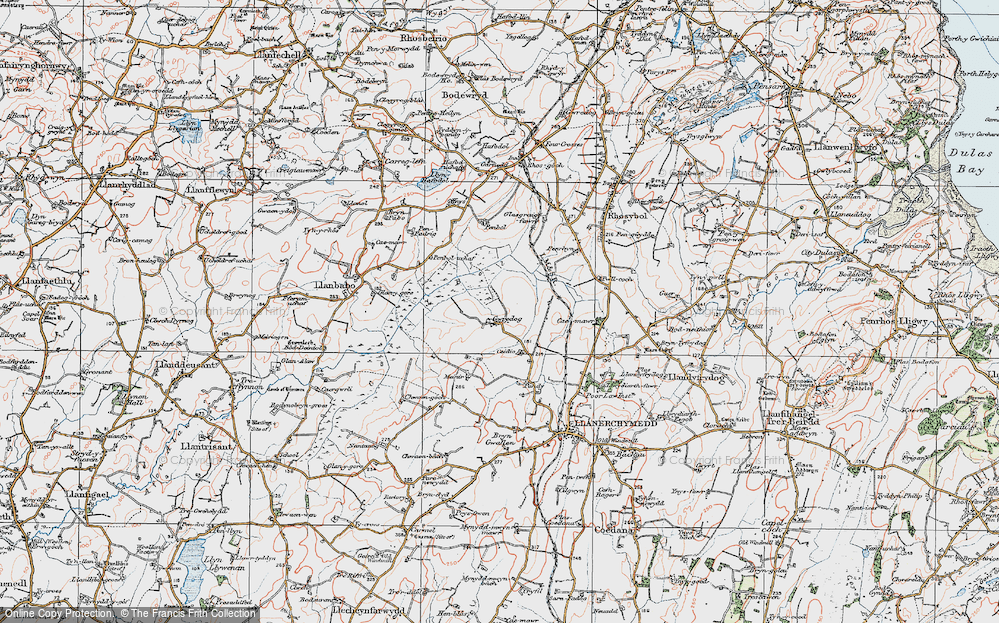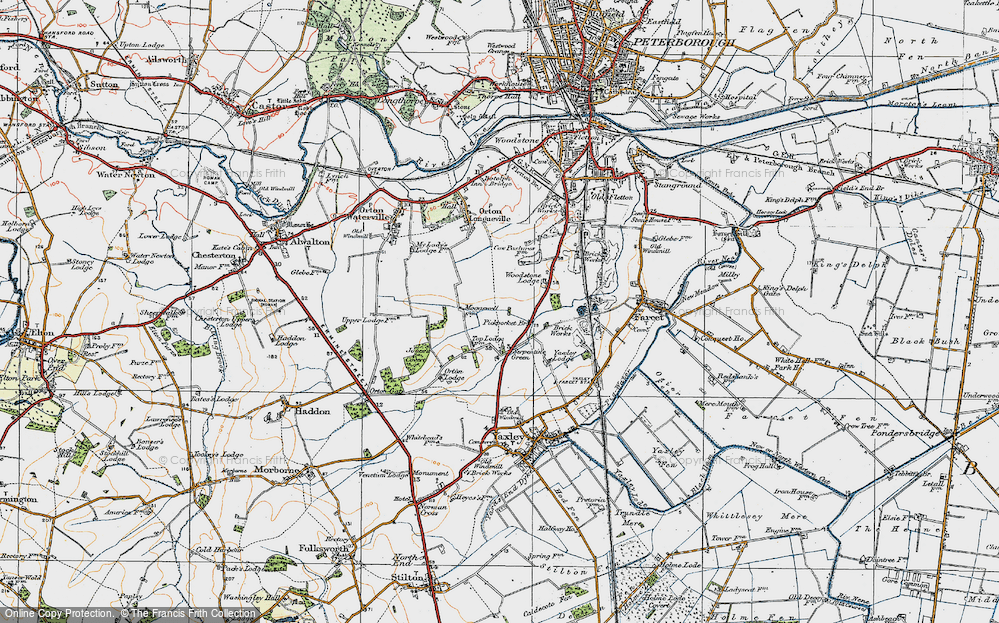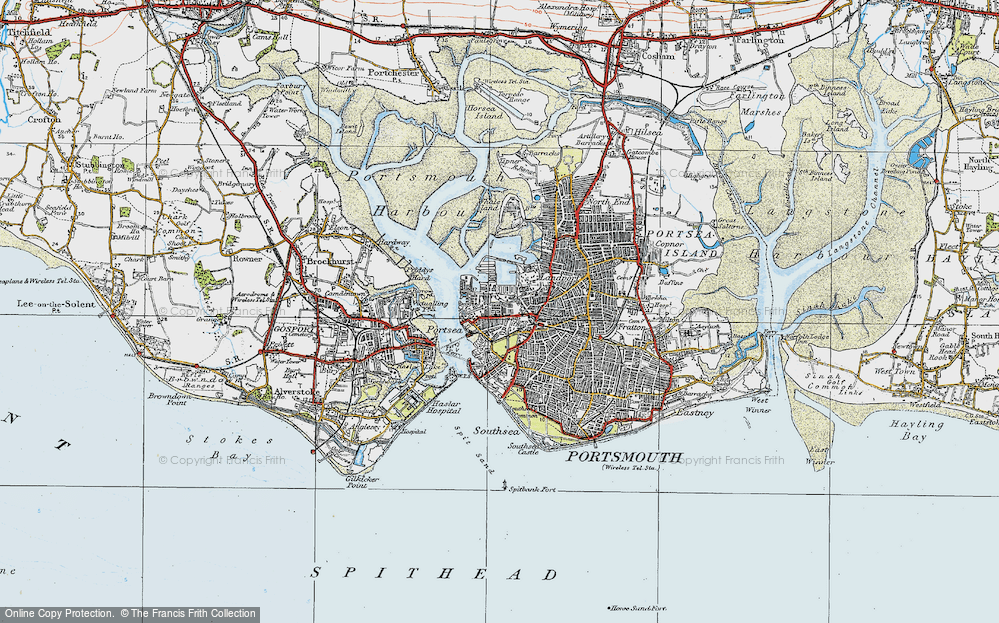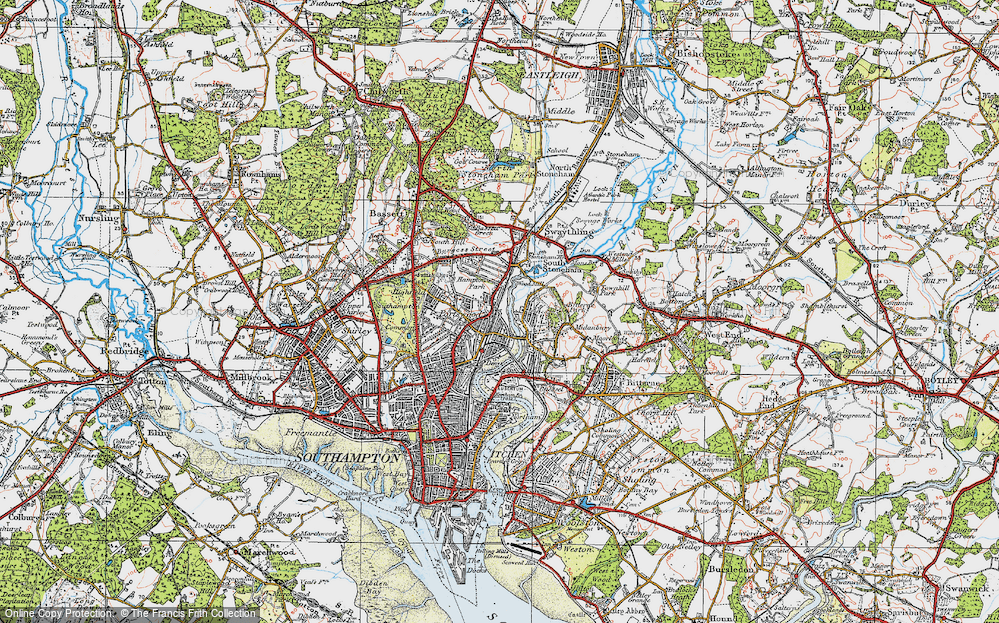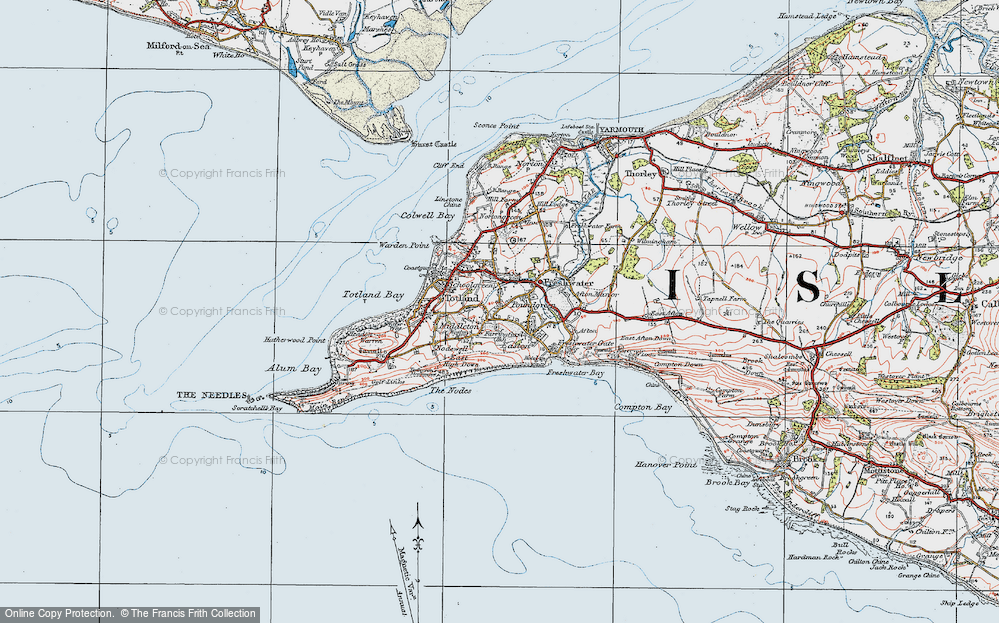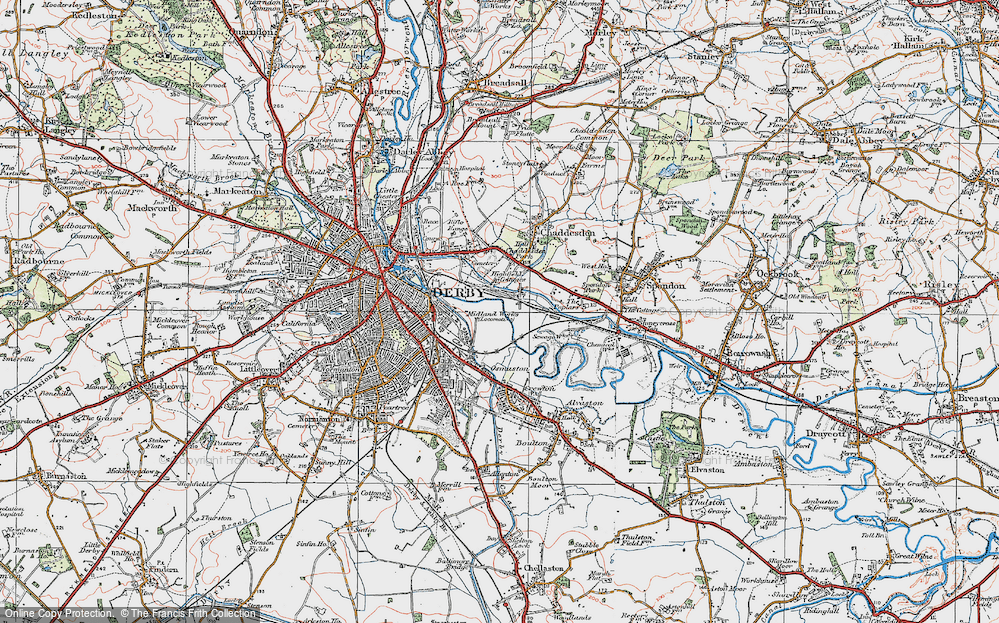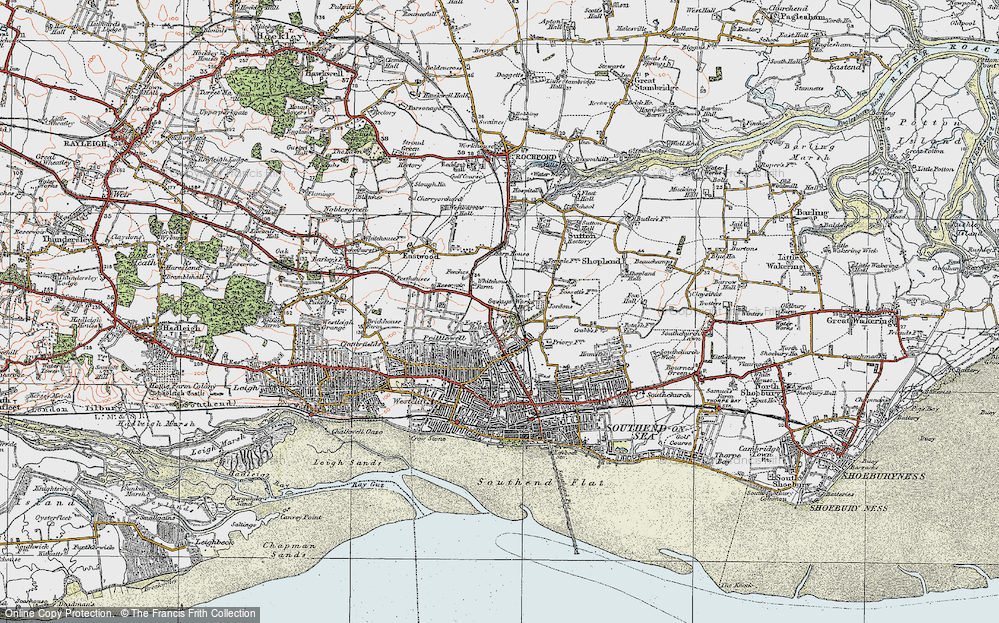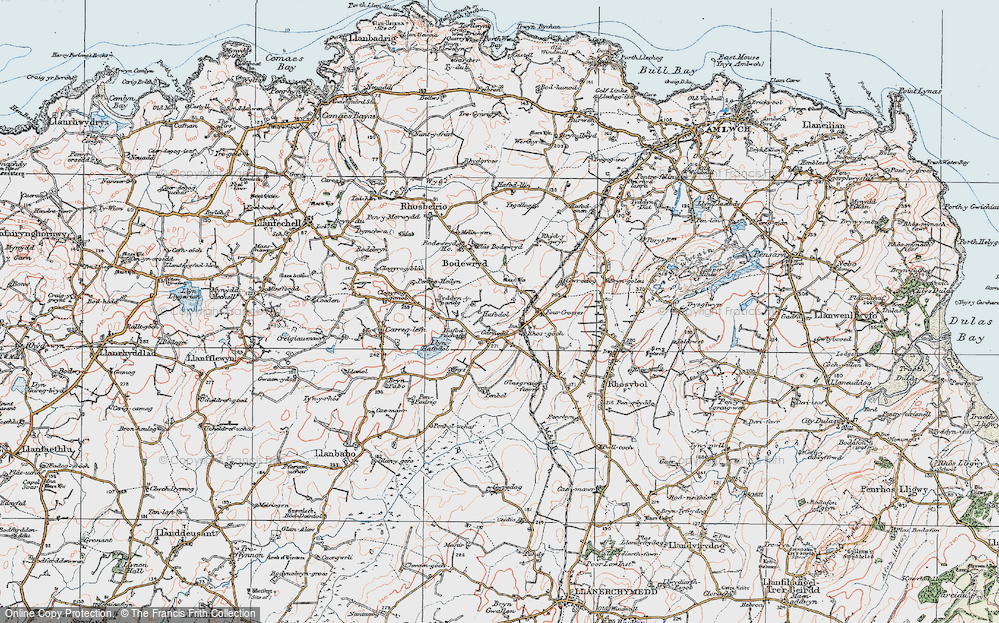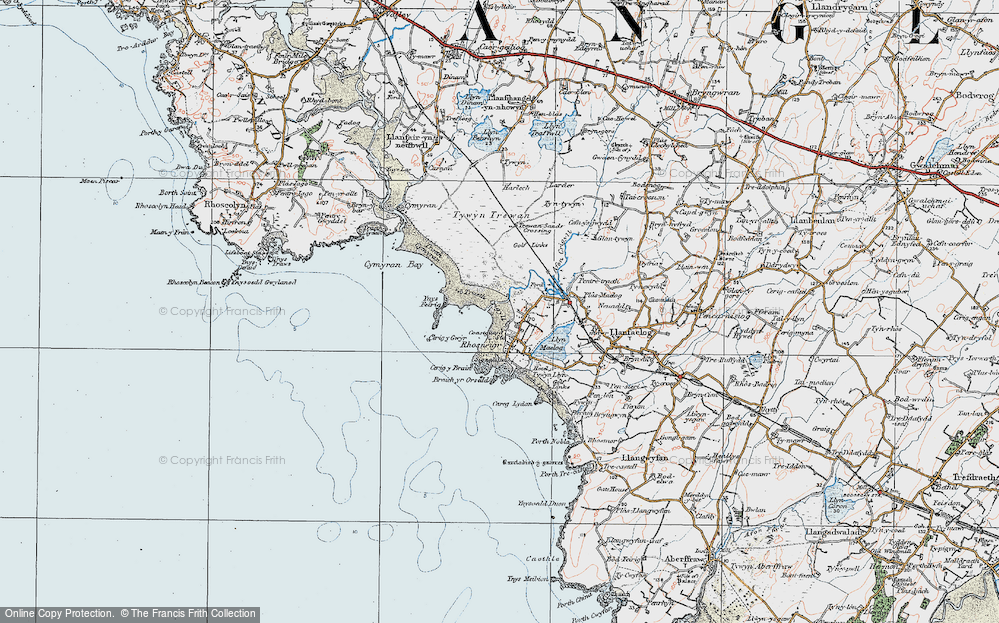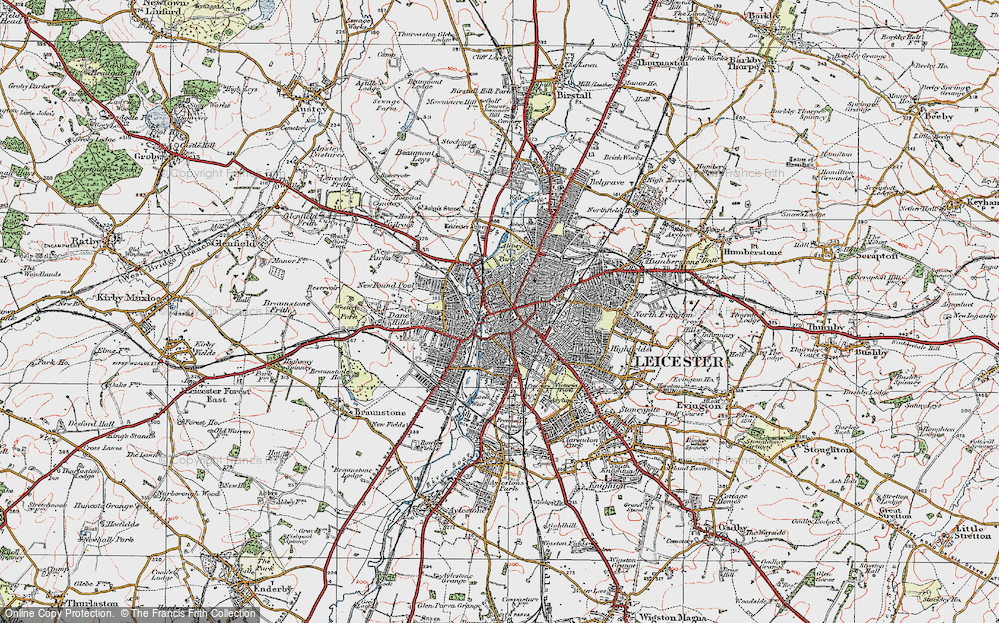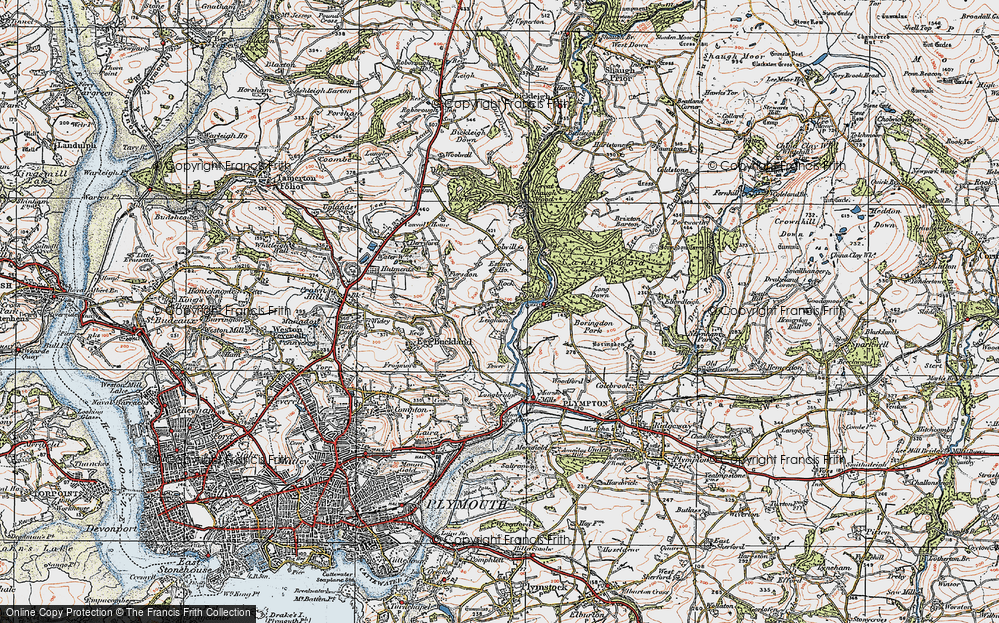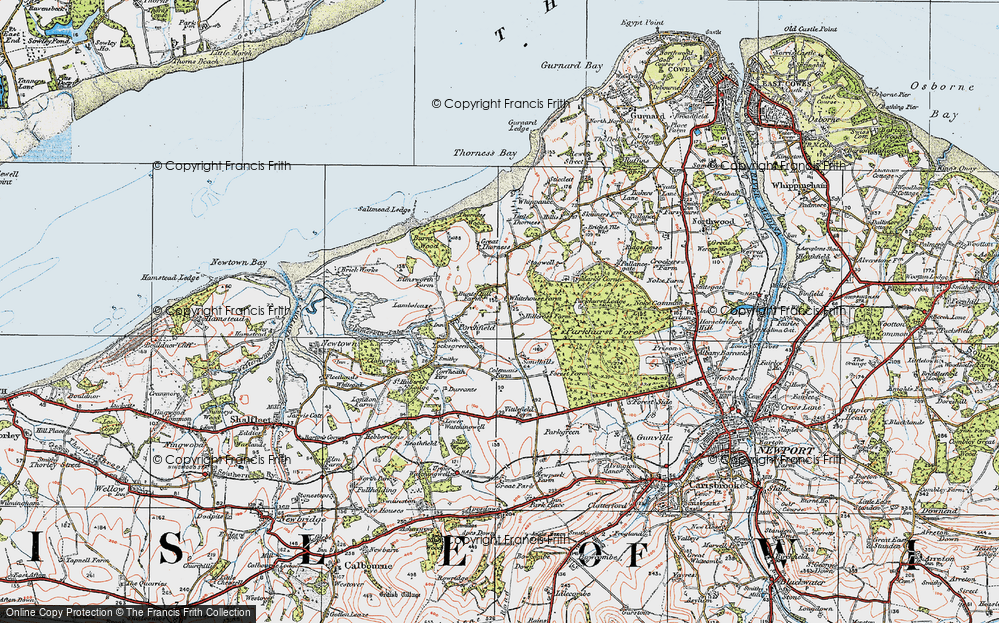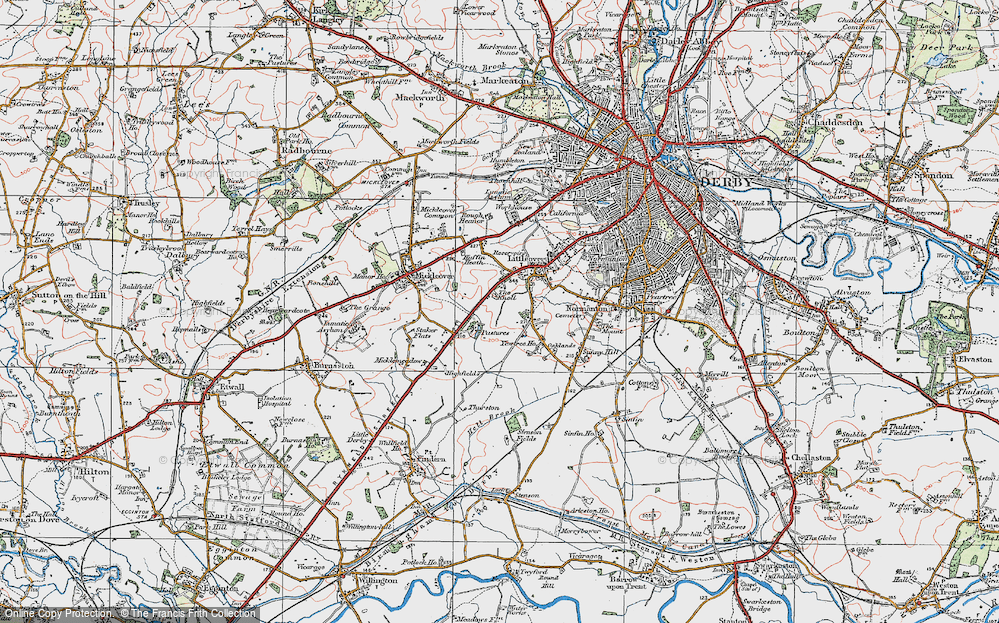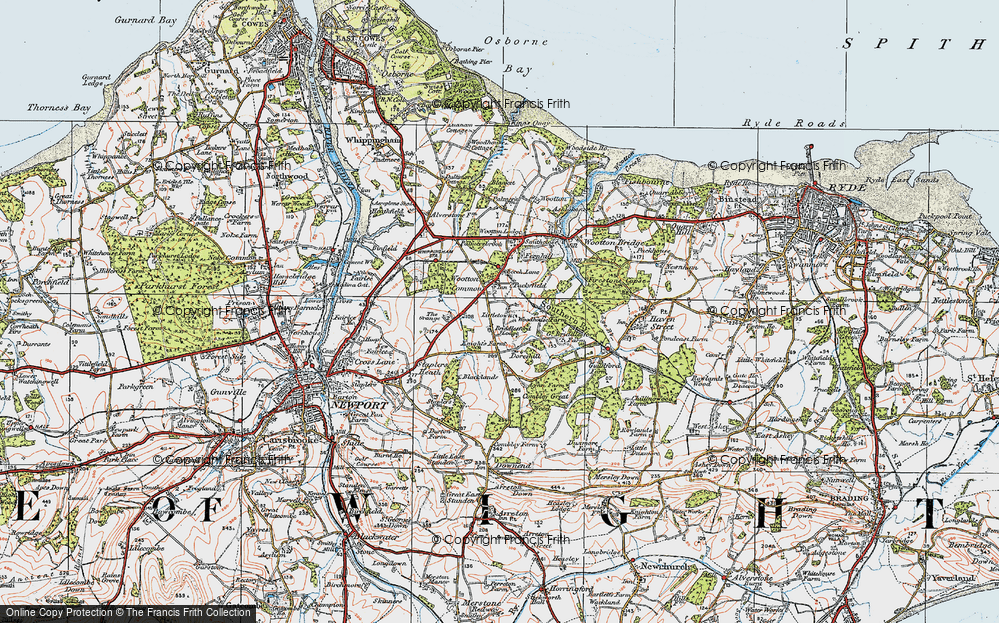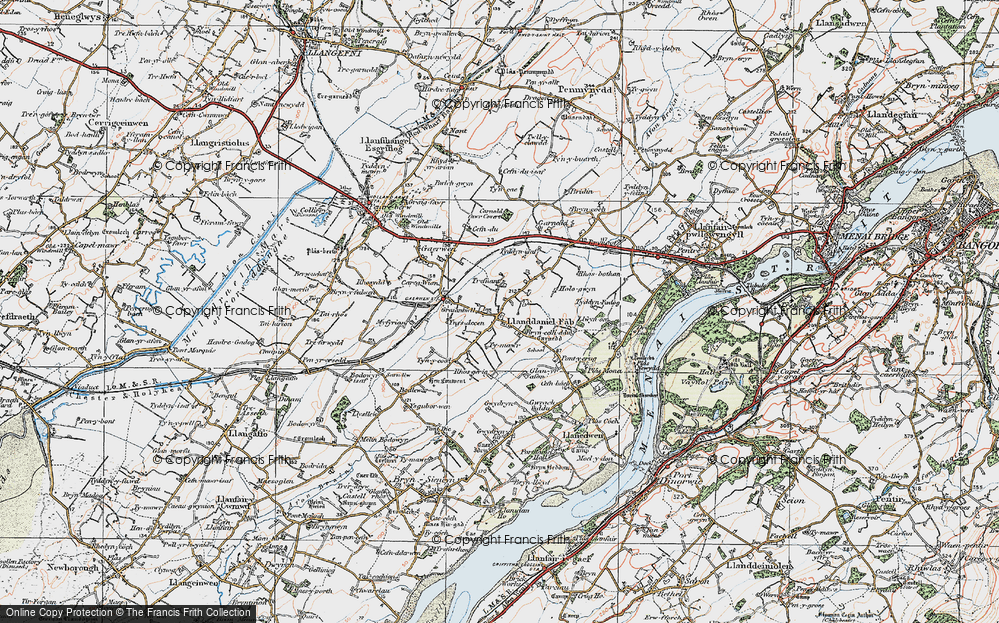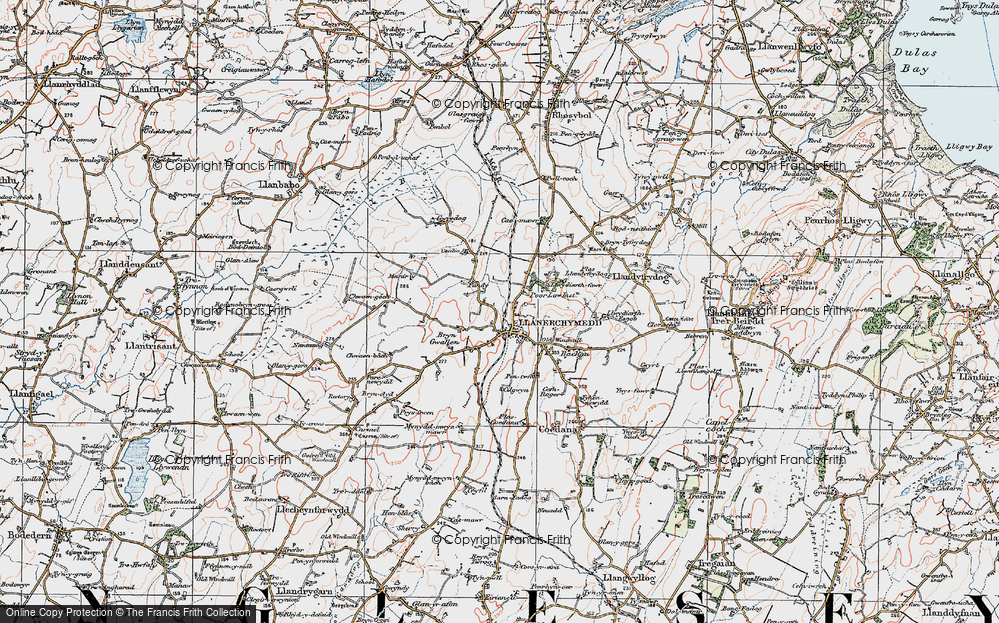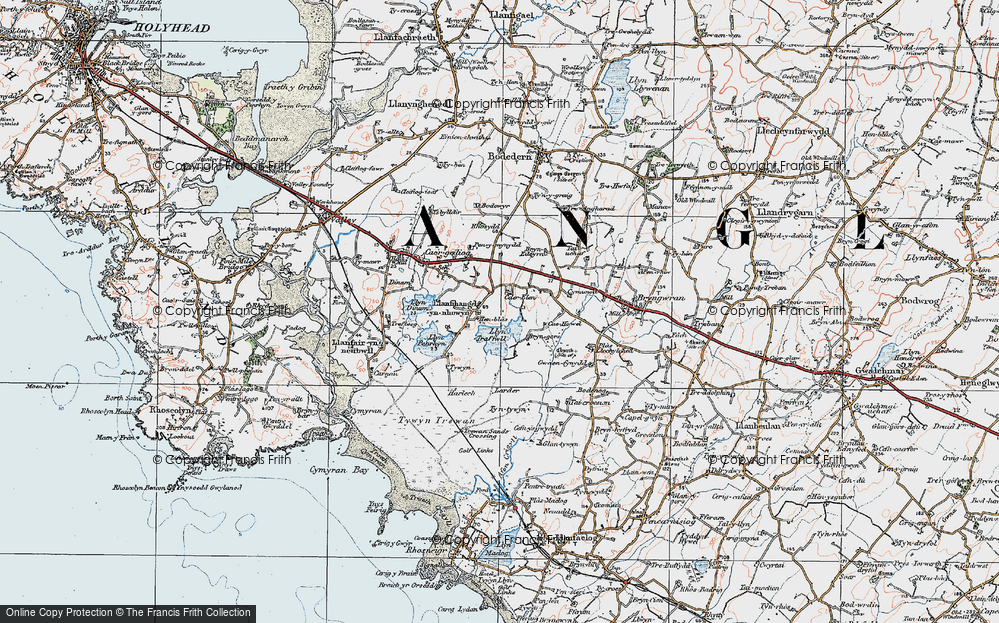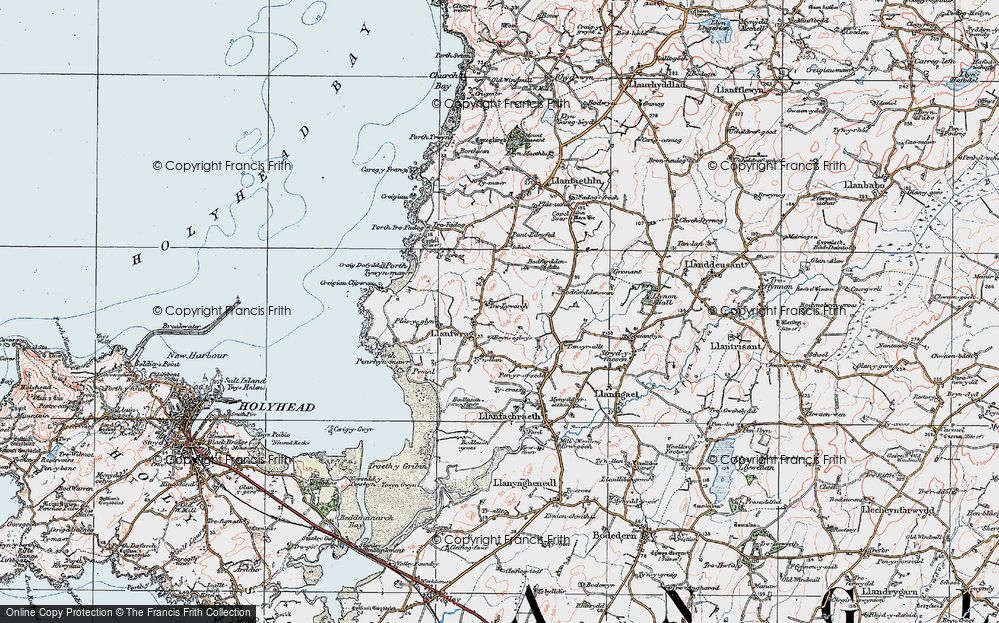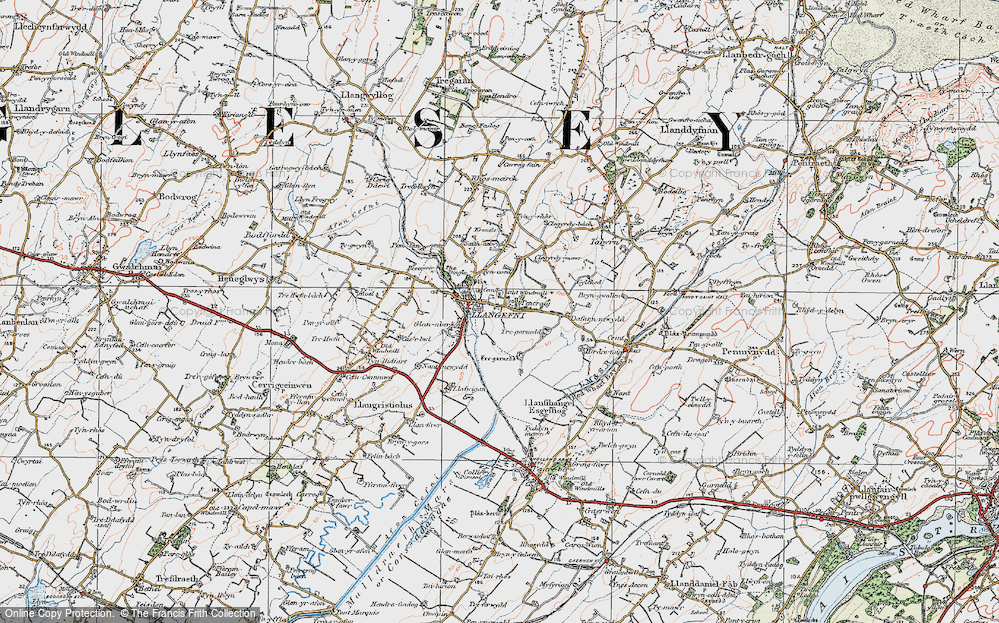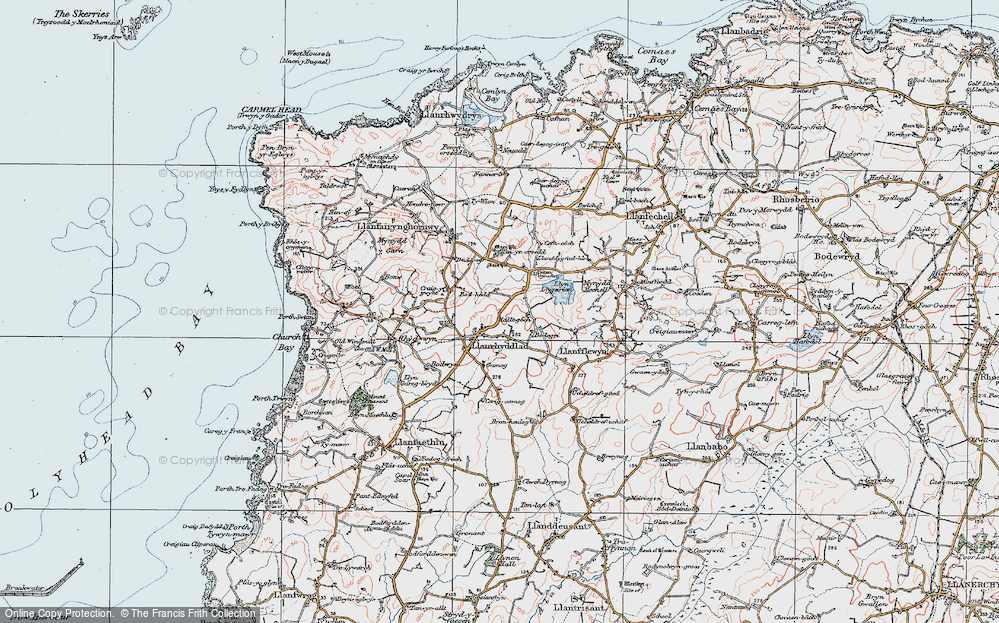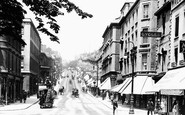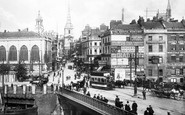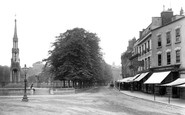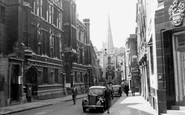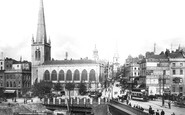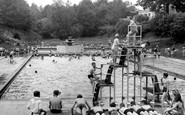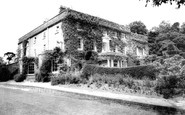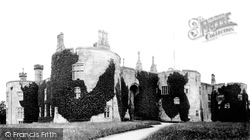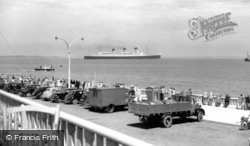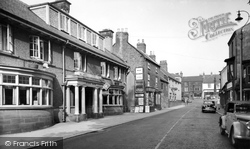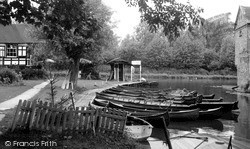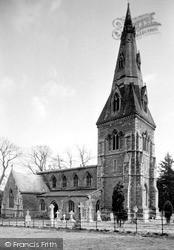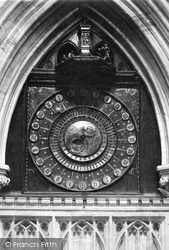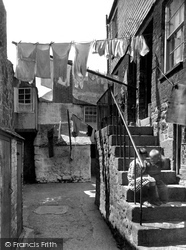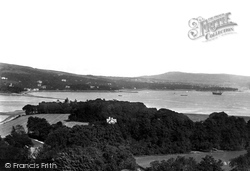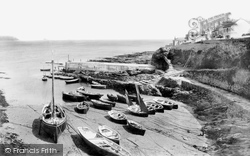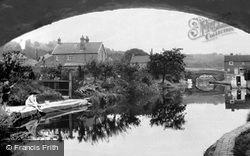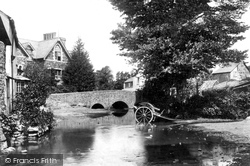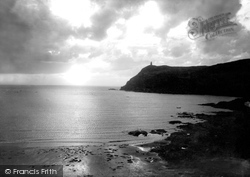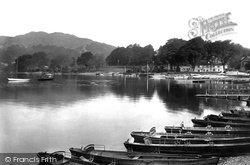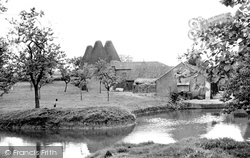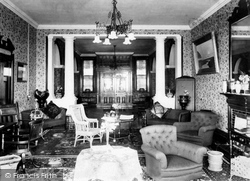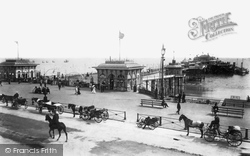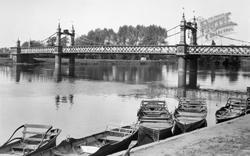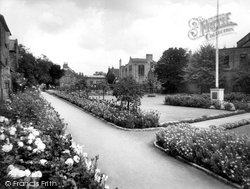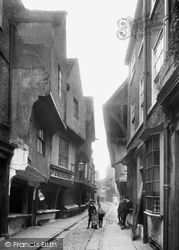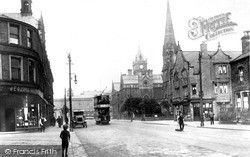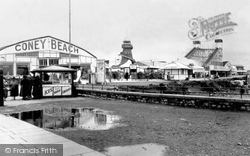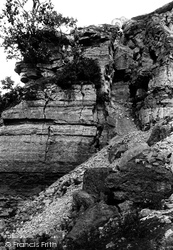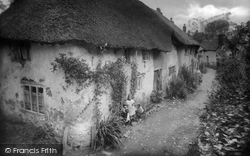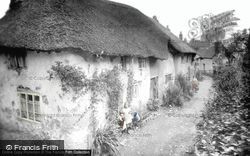Places
Sorry, no places were found that related to your search.
Photos
Sorry, no photos were found that related to your search.
Maps
7,034 maps found.
Books
163 books found. Showing results 1,753 to 1,776.
Memories
22,898 memories found. Showing results 731 to 740.
Personal Recollections
From age 11 to 16 I lived in Station Town from 1950 to 1955, at 2 Rodridge Street,( now thankfully the street has been demolished). When I saw the old photograph of the Main Street it was mostly as I remembered it. Booth's ...Read more
A memory of Wingate by
Park Street , Bristol Bs1
My, how Bristol's once prestigious Park Street has changed. The picture from a hundred years ago shows just what a graceful place it was to shop in those Edwardian days of long ago. Strolling up, on the left, one could ...Read more
A memory of Bristol by
Bombing Raids In 1940
Bristol's premier shopping centre was turned into a wasteland of burned out buildings after major bombing raids in 1940, during the Second World War. Bridge Street Summary Bridge Street ran from High Street, rising up a ...Read more
A memory of Bristol by
Tales Of College Green
This shows College Green and its grand posh upmarket shops, at a time in the past when parking wasn't a problem. Many famous people lived round the Green over the years including Mary Robinson; actress and mistress of the ...Read more
A memory of Bristol by
St John's Gate Broad Street
St John's Gate in Broad Street in Bristol is the only surviving medieval city gateway, at one one time there were seven gates into the old city. Fortified gateways pierced the town wall at intervals. St John's Gateway, ...Read more
A memory of Bristol by
Bristol Blitz
The High Street - the scene of many stirring events in Bristol's history and the heart of the city - was destroyed and lost forever during the Second World War. As a city with docks and industry at its heart, Bristol was a natural ...Read more
A memory of Bristol by
'up The Baths'
I remember being 'taught to swim' here, by the teachers at the board school. We were stood at the poolside, only up to the black line, then summarily being to "Jump!". If that failed, we were helped in by the boot of 'Danny' Davis or ...Read more
A memory of Brynmawr in 1965 by
Village People
I remember the people with shops in village. There was Charlie Chants grocers, Hardings stores, real old characters were Jack & Charle Hawkes with their grocery and corn shop. Good old Edger Stagg and his sweet shop. ...Read more
A memory of Stoke Sub Hamdon by
Old Vicarage
My first memory of Willoughby I think was during the 1980s, it was when David Sole of 'Starsky and Hutch' fame rented the Old Vicarage for a stay in England - it was a Saturday night and he had invited villagers to a party that he ...Read more
A memory of Willoughby by
Nash Court
I too was a member of St Matthew's church choir in Stretford, Manchester. I remember going to Nash yearly for some years in the 1960s. Some of the choir men also went but I think the organiser was the choirmaster Mr Ronald Frost, who was ...Read more
A memory of Nash in 1965 by
Your search returned a large number of results. Please try to refine your search further.
Captions
9,654 captions found. Showing results 1,753 to 1,776.
There had been an earlier marcher stronghold at Chirk; it was either on this site or nearer to the village, where traces of a motte and bailey survive, but wherever it was it had long fallen into disrepair
The 'Queen Mary' often drew the crowds as she proudly made her way up the Solent - note the numbers of people and parked cars in C173004.
Here we get a splendid view of the frontage of the 1926 Fox Inn building, largely unchanged today.
Brierley`s hired out rowing boats, canoes and punts from their landing stage at the corner of the Ouse and Hen Brook.
The church sits in a well-treed landscape, close to the basically late 16th-century Hall of the Hartopp family, who financed the building of the church in 1851.
The astronomical clock, once thought to have been built by Peter Lightfoot, a monk at Glastonbury Abbey, was constructed in 1392 and has three dials.
A classic washing-day scene in St Peter's Street Court, known also as Luke's Court. The tap at the top of the steps was shared by most of the surrounding households.
Henry Bell, the pioneer of steam navigation in Europe, is buried in the churchyard at Rhu. In 1812 Bell launched the steamboat 'Comet' on the Clyde, where it operated until 1820.
The little concrete pier affords some protection to the fishing boats at Portscatho, although it is barely a harbour. Nare Head and the Gull Rock can be seen across Gerrans Bay.
Created in 1790, this successful canal was built to ship Bedworth coal to the town of Coventry. At Hopwas, just beyond Tamworth, the canal threads its way through attractive wooded country.
The old bridge crosses the River Neet as it flows towards the sea at nearby Bude. Stratton was formerly more important than Bude, ans was a centre for the salt trade.
The mine was at the foot of the cliff, and in 1656 Captain Edward Christian found Bradda contained 'lead ore with much silver'. In 1699 the mine's output was 164 tonnes.
A long line of rowing boats waiting for their customers stretch around the bay at Waterhead, near Ambleside. In the distance, Todd Crag and Loughrigg Fell fill in the left background.
This beautiful scene of blossoms and oast houses was obviously taken in the spring. These oasts are of a slightly different design to those seen at Wateringbury earlier in this chapter.
A lavish late Victorian interior gives an idea of the comforts to be expected by guests at the hotel. A variety of furniture is provided, seemingly packed into the room.
The twin entrance booths to the West Pier are visible. Only the one on the right survives. Note the fishing boats out at sea beyond the left-hand toll-booth.
The River Trent at Burton is now crossed by three bridges: Burton Bridge, built in 1864, the iron Angelsey Bridge and the Stapenhill Viaduct, which is in fact a footbridge.
There is a small Garden of Remembrance here, together with one of the town's wells. The Bath House is behind, with its chalybeate spring producing water at a constant temperature.
The shelves at the front of the shops and the hooks overhead indicate that these were butchers' shops.
At the top of the street was the new market (dating from 1833), which took the 500-year-old trade from Church Green.
Coney Beach funfair was built in 1920 on an old ballast tip. The first ride was a figure-of-eight ride, housed in two World War I hangers.
Oolitic limestone has been quarried at Cleeve Hill for centuries. In days gone by it was called 'freestone' because it was relatively easy to obtain and work.
These cottages were at the lower end of St Andrew Street. They remained until the middle of the 20th century, when they made way for council housing.
These cottages were at the lower end of St Andrew Street. They remained until the middle of the 29th century when they made way for council housing.
Places (0)
Photos (0)
Memories (22898)
Books (163)
Maps (7034)


